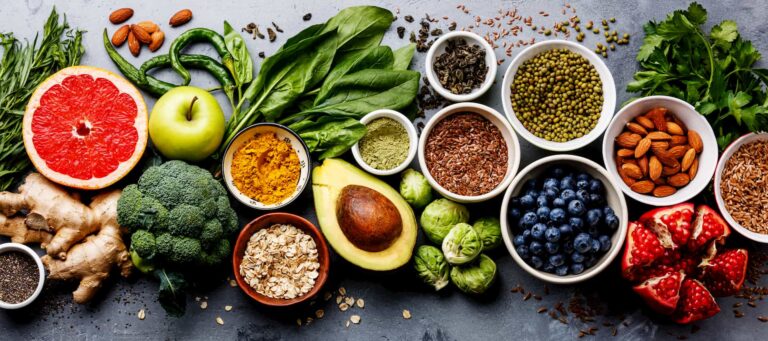
Which foods are rich in iron? Let’s find out with the iron-rich food table
What is the purpose of iron? Let’s find out more about its importance […]
When iron is low, i.e., when we are dealing with sideropenia, it is important to know what to eat and what not to eat in order to maintain normal blood iron levels. In this article, we will learn more about the most appropriate dietary behaviours to be adopted in order to deal with a possible iron deficiency or an increased bodily need for this nutrient.
Iron is an essential nutrient for our body, as it is a mineral necessary for the formation of haemoglobin, for the proper functioning of the immune system and for supporting normal cognitive function. Iron is also important for the growth and normal development of children and adolescents.
Under normal health conditions, daily iron requirements are met by a varied and balanced diet. Nutrition, in fact, enables us to rebalance the physiological losses of iron that our body eliminates through faeces, sweat and, in the case of women, menstruation or breastfeeding.
In the event of low iron, it is even more important to follow a diet that ensures an adequate iron intake. Your doctor will tell you what to eat and what to avoid if you have an iron deficiency, low sideremia or low haemoglobin values.
Foods contain iron in two forms:
Both haem iron and non-haem iron consumed with food are absorbed in the intestine (in the duodenum). Some factors, however, facilitate the absorption of haem iron over non-haem iron. Haem iron is more assimilable by our body for two reasons:
The absorption of non-haem iron, on the other hand, is more variable as it is influenced by substances that can decrease its absorption and requires the mediation of enzymes that reduce trivalent iron (not assimilable) to bivalent iron (assimilable by intestinal cells). However, some nutrients can promote the absorption of iron in the intestine. Vitamin C (ascorbic acid) is a nutrient present in fruits and vegetables that promotes the absorption of non-haem iron.
It is not necessarily the case that those who follow a vegan diet or a vegetarian diet can necessarily have low iron. The levels of iron in the blood are determined by several factors and nutrition is only one of them. As regards nutrition, it should also be mentioned that some plant-based foods are rich in iron as well as in vitamin C, an important cofactor for the adequate absorption of iron. Cabbage or broccoli are just two examples of foods containing significant amounts of iron and vitamin C. The combination of iron-rich foods (green leafy vegetables, legumes, dried fruits) and vitamin C-rich foods such as kiwis, oranges, tomatoes and lemons also facilitates the absorption of non-haem iron contained in plant-based foods.
Low iron is a condition that can be determined by several factors. It is recommended to discuss with your doctor what the causes of your iron deficiency may be. However, one of the factors that can lead to low iron levels is inadequate nutrition.
Iron-rich foods suitable for people with low iron include the following:
Foods that can reduce the absorption of dietary iron (especially non-haem iron) include all foods containing significant amounts of calcium (milk and dairy products), phytates (some cereals and legumes), oxalates (spinach, rhubarb) and tannins (coffee, tea, chocolate, wine).
In the event of deficiency or increased bodily iron requirements, your doctor may also recommend the use of a dietary supplement to restore normal iron levels in your body.
The SiderAL® range consists of food supplements containing Sucrosomial Iron® which can be useful in cases of iron deficiency or increased iron requirements.
The technology that guarantees the best absorption of Iron.
Find out moreRegistered Office Via Campodavela, 1 56122 Pisa
Tel. +39 050 7846500
Fax +39 050 7846524
C.F. / P.Iva / Reg. Impr. 01679440501
Cap.Soc. € 1.123.097,70
I.V. | REA 146259
pharmanutra.it